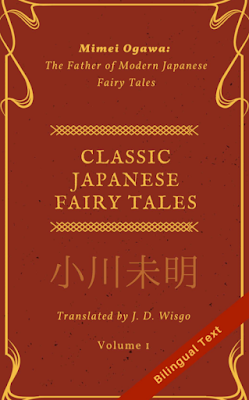"Sea Shells" by Paul Valery (published 1937)
“Ignorance is a treasure of infinite price that most men squander, when they should cherish its least fragments; some ruin it by educating themselves, others, unable so much as to conceive of making use of it, let it waste away. Quite on the contrary, we should search for it assiduously in what we think we know best. Leaf through a dictionary or try to make one, and you will find that every word covers and masks a well so bottomless that the questions you toss into it arouse no more than an echo.”
Paul Valery’s essay, “Sea Shells”, which, in its Beacon Press Edition, is put beautifully within a red covered and gold titled illustrated book, is, quite simply, a masterpiece of thought. It makes sense that this book would not be classified under philosophical works, but rather a form of (literary) criticism and theory. In it, Valery thinks about seashells. His goal is to write down his thoughts and observations of and about seashells without using any pure framework. Even so, this text does not read like someone who is just musing on what a seashell is, but rather, a text that takes the dialectics of thought very seriously, and urges to the reader to go along with him as the writer, Valery, presents his thoughts on paper as honestly as possible.
Originally published in 1937, “Sea Shells” was republished and translated into English, from French, by Ralph Manheim in 1964. None of the poetry seems to be lost within the translation. In fact, the writing is very beautiful in that exquisite way - where the subject is technical but the writing is fluid - that only some can actually do. In describing his initial reactions to an object as profound as a sea shell (which he likens to reacting to something such as a crystal; different than how one would react to a mere rock):
“Living nature must solve it in all the types it displays, all of which involve extremities to be modeled and cavities or tubes that must be made to reach the outside world. The mind staggers at the mere thought of analyzing the innumerable solutions it has found. We yearn for a profound geometry, a very exact knowledge of what is revealed by dissection and microscopic examination, and an exquisite artistic feeling which, taken together, might enable us to isolate some simple basic principle of natural morphology… for me, perfect modulation is the crown of art.”
Valery thinks the sea shell, as an object, is incredibly fascinating by the way in which it forms itself, the way it is formed in completion, and how something like this (again, it helps to liken his fascination with a simple sea shell as how one might react to finding a crystal, with eyes becoming larger) is akin to the perfection of how a human is formed, like the development of the ears and nose within the womb. There is a sense of awe that Valery feels and which he clearly aches to share:
“ We are always refusing to listen to the simple soul within us. We ignore the inner child who always wants to see things for the first time. If he questions, we discourage his curiosity, calling it childish because it is boundless, on the pretext that we have been to school and learned that there is a science of all things, which we might consult if we wished, and that it would be a waste of time to think in our own way and no other about an object that suddenly arrests us and calls for an answer… I look for the *first time* at this thing that I have found. I note what I have said about its form, and I am perplexed. Then I ask myself the question: *Who made this?*”
The conclusion that Valery gets to starts with his acknowledgement that there are theories and facts to be amassed in order to understand a thing. But sometimes, he writes, knowing these theories and scientific facts can get in the way of something much more precious to humankind: the acknowledgement that there are a multitude of answers, just as there is a multitude of reasons why and how something, like a sea shell is made, and thus not a singular entity can be the cause of its creation. Art, he says, is like this too:
“The problem after all is not more futile nor any more naive than speculation about who made a certain fine work in music or poetry; whether it was born of the Muse, or sent by Fortune, or whether it was the fruit of long labor. To say that someone composed it, that his name was Mozart or Virgil, is not to say much; a statement of this sort is lifeless, for the creative spirit in us bears no name; such as a remark merely eliminates from our concern all men but one, within whose inner mystery the enigma lies hidden, intact…”
Towards the end of the essay, Valery digresses a bit from the object itself and begins to think about objects that humans create themselves. When a human creates something, like a tool such as the flint, something that can only be made it one way, the object becomes something completely un-human despite its maker. It becomes, in a sense, technology (though he never calls it such in this work). What makes the biggest difference is when a human creates something with an extreme intentionality, when our efforts and projects are “considered”, letting everything “incidental” come through, then - though this activity seems “alien to underlying organic activity" - it might actually hold something more similar to nature than we can even imagine. Perhaps something that would do us great good to become in touch with.



Comments
Post a Comment